12 rivers that changed the course of history
Categories: Ecology | History | Nature | People | Photo project | Society | Travel | Water | World
By Vika https://pictolic.com/article/12-rivers-that-changed-the-course-of-history.htmlOf the tens of thousands of rivers crossing the Earth's surface, a select few have shaped the course of human history. From the earliest highly developed civilizations to the centers of the industrial era, waterways have been an integral part of history. This list tells about the most important rivers in history.
12 PHOTOS
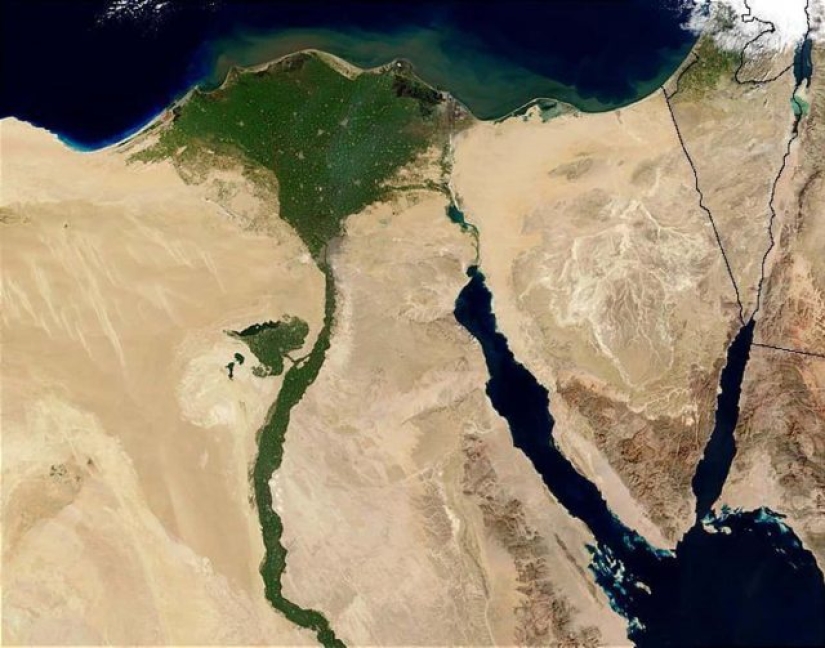
1. The Nile was the key to Ancient Egypt.
The key to the success of Ancient Egypt lay in the Nile. The lands around the river were first inhabited as early as 6000 BC, as the incredibly fertile soil and regular seasonal floods provided an abundance of food. It is reported that the early farmers only had to throw seeds into the ground. Over time, the Egyptians became highly efficient farmers.
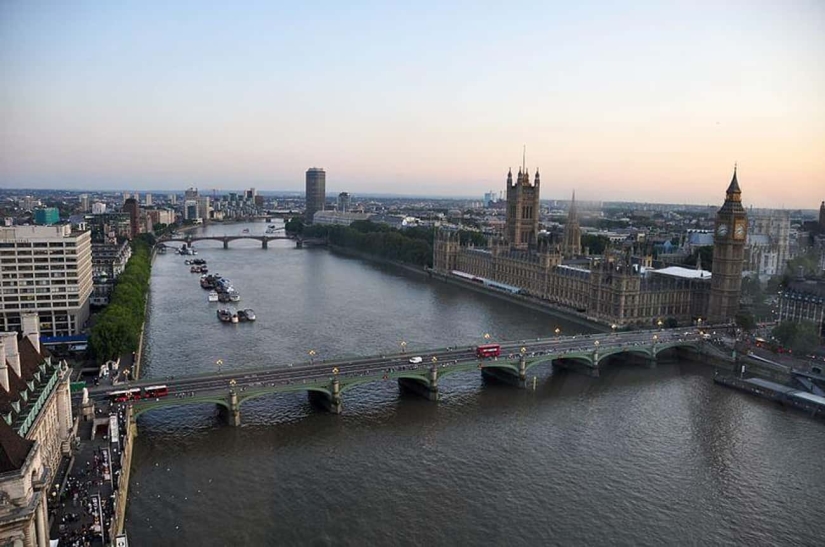
2. The fetid smell of the Thames was the pretext for large-scale construction.
The Thames was the center of medieval Britain; a waterway connected the capital with several other major cities in the south of England. By the Victorian era, London was the epicenter of a global empire, but the Thames paid a huge environmental price to expand the city. The river has become a dumping ground for household waste, whether it be animals, people, or industrial enterprises. However, it continued to be the source of drinking water for the city, leading to regular, devastating cholera epidemics that claimed the lives of thousands. Dr. Jon Snow was one of the first to link the contamination of drinking water with cholera, but officials decided that Snow knew nothing and refused to take his ideas seriously. By 1858, the Thames was so muddy that parliament could no longer ignore the problem. They raised a whopping £ 3 million (about $ 500 million in today's money) to get the city's sewer system back on track.
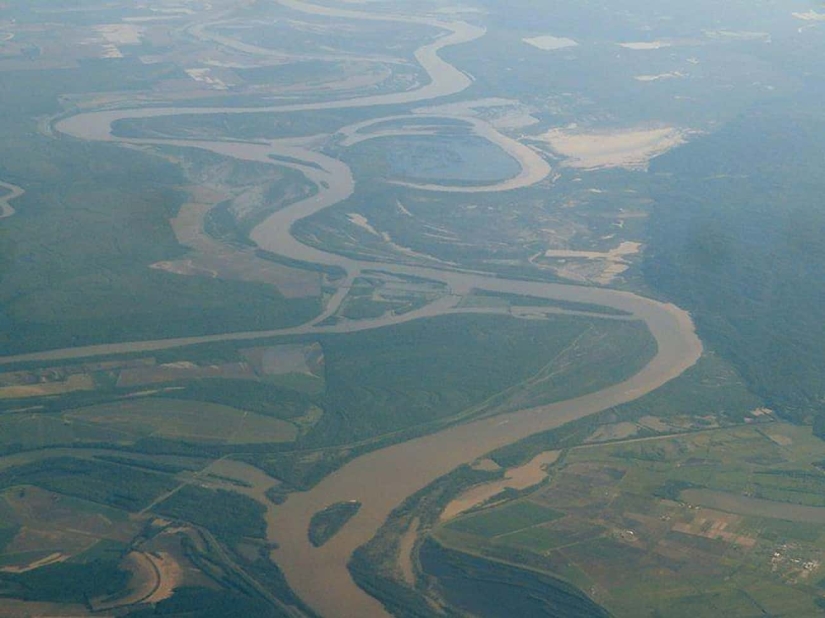
3. The Mississippi has turned the United States into a major power.
Long before the arrival of Europeans, a network of indigenous cities had been established along the Mississippi. Among the most famous was Cahokia, located on the opposite bank of the river where St. Louis now stands. By the time the Europeans stepped onto the continent, the once-great civilization of the Mississippi no longer existed. Theories range from climate change to wars explaining extinction. For the United States, control of the Mississippi was one of the key factors in the transformation of the young country from a young group of colonies into an emerging superpower. Rather than competing for a prize, the United States bought the surrounding area from Napoleonic France - through the Louisiana Purchase - at a bargain price of $ 15 million in 1803. This gave the US control of the world's most complete water transport for a pittance. According to the American historian Henry Adams, "The United States has never received so much for so little."
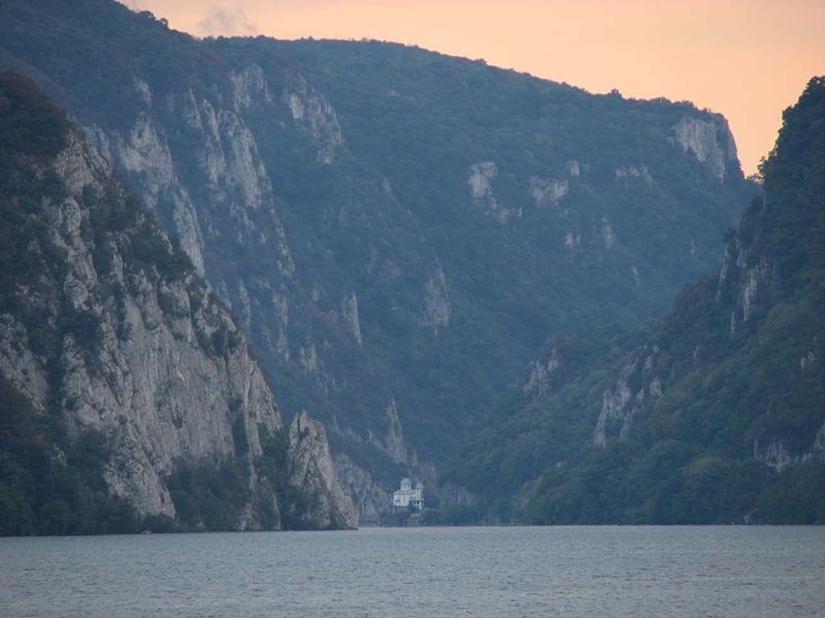
4. Danube was the border of great empires.
The Danube is the longest river in Europe after the Volga. Today it passes through 10 European countries, from Germany to Romania. It passes through several cities and four major European capitals: Belgrade, Bratislava, Budapest, and Vienna. The winding path of the river not only supported many settlements but was also incredibly useful for trade.
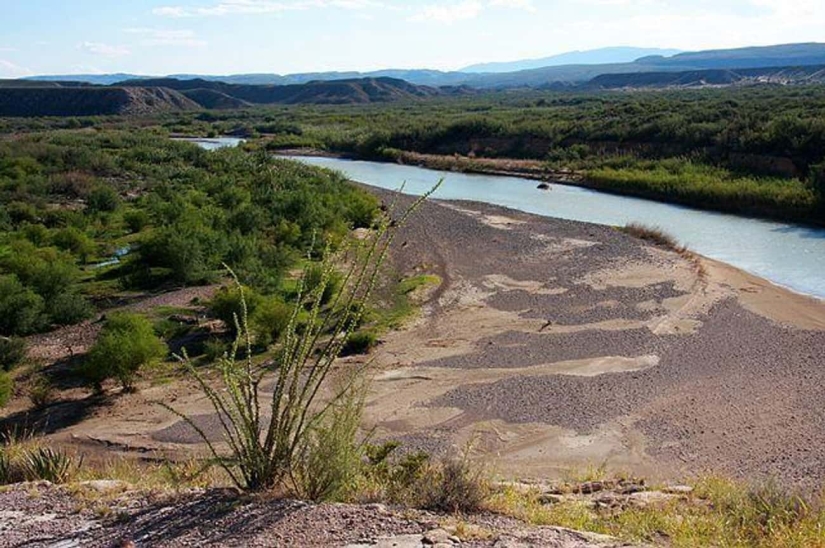
5. The Rio Grande has shaped modern America.
In 1846, a small group of American forces clashed with much larger Mexican forces on the banks of the Rio Grande. An otherwise minor skirmish sparked a larger conflict that ended with Mexico ceding a huge chunk of its territory to the United States. The clash came at a time when tensions between the two countries escalated following the annexation of Texas. President James K. Polk was elected on an expansionist platform in 1844. Texas was admitted to the Union within a year, which almost guaranteed a conflict between the United States and Mexico. When the dust settled in 1848, the United States claimed more than half a million miles of new territory at the expense of its neighbor. Since 1848, the Rio Grande has marked the US-Mexico border from El Paso to the Gulf of Mexico.
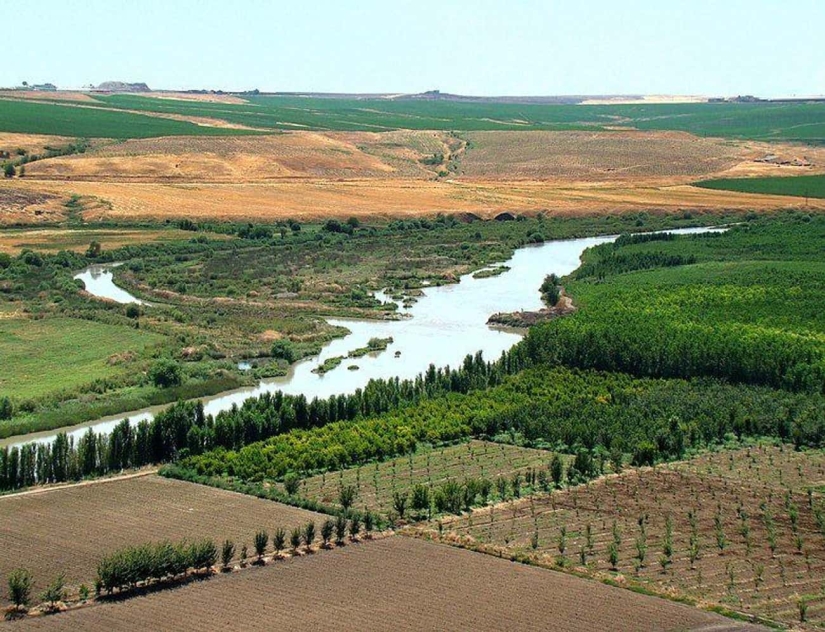
6. Euphrates and Tigris - where it all began.
Mesopotamia (“between rivers”) refers to the lands between the Euphrates and Tigris rivers, which flow through modern-day Iraq, Syria, and Turkey. An advanced civilization first began to emerge on the fertile lands between these two rivers. Around 12,000 years ago, humans gradually moved from smaller hunter-gatherer tribes too much larger agricultural communities. In the so-called fertile crescent, humans have learned to produce stable food sources and settle in the same place all year round.
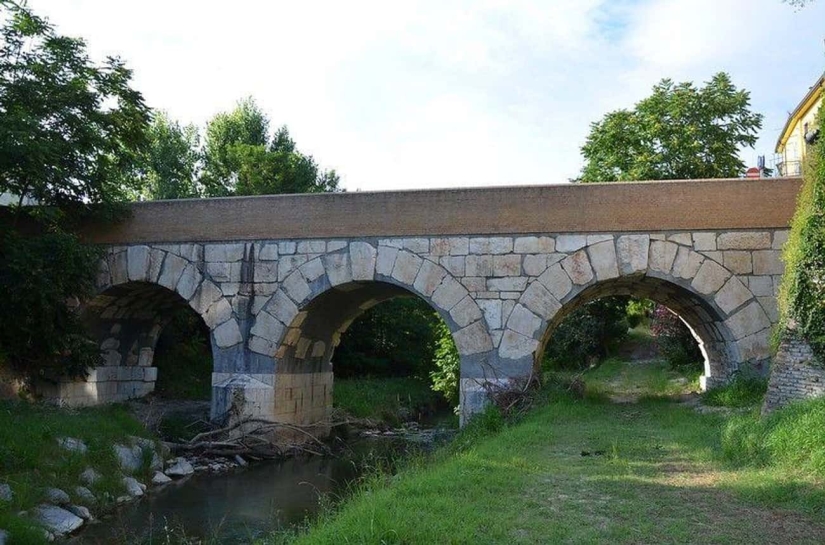
7. The Rubicon is a small river with a long history.
The Rubicon is a rather modest river located in the north of Italy. Most likely, over the years it has been crossed millions of times, and one such crossing changed the course of history. January 10, 49 BC E. Julius Caesar led the XIII Legion across a shallow river and began a devastating civil war. For a long time, the Rubicon was the natural border of the Roman Republic, so the passage of the armed forces across the river was a declaration of war on the republic. The Roman historian Suetonius claimed that Caesar came up with an appropriate remark for this case: "Alea iacta est" ("the die is cast"). This move was Caesar's last gamble since nothing short of complete victory would have been enough. "Crossing the Rubicon" is used today in memory of Caesar's choice and refers to overcoming the point of no return.
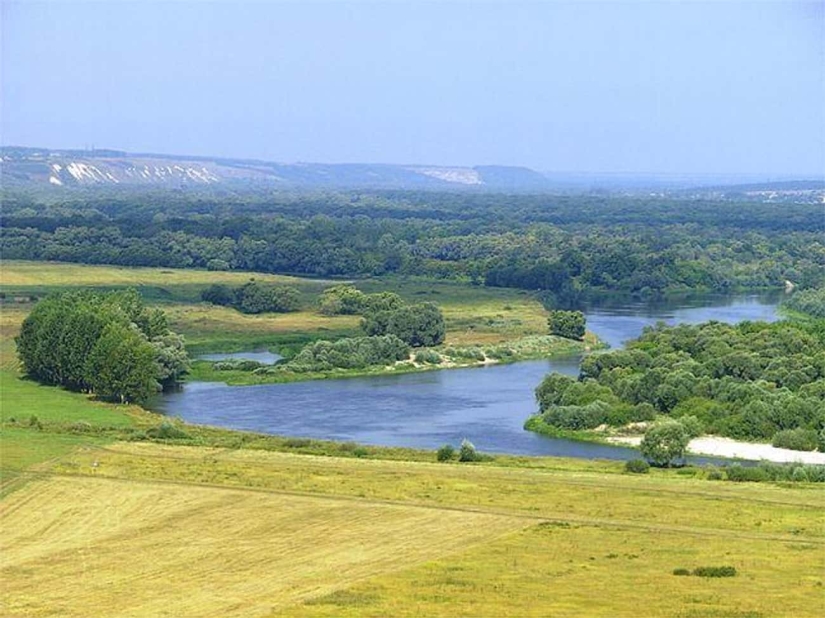
8. Don was the homeland of Russia.
The Don River is located in the south of Russia. The valley between the Don and the nearby Volga has been identified as the possible birthplace of mysterious proto-Indo-European civilizations. Ancient Greek writers have also suggested that this is the origin of the mythological daughters of Ares, the Amazon women. What we do know for sure is that the Moscow prince led the coalition of the principalities of Rus to victory against the Mongol Golden Horde in 1380 at Kulikovo, a field by the river. For centuries, the cities of the Rus were forced to pay tribute to the Mongols. Although the victory at Kulikovo did not immediately throw off the Mongol yoke, it sowed the seeds of a united people under the leadership of the Muscovites.
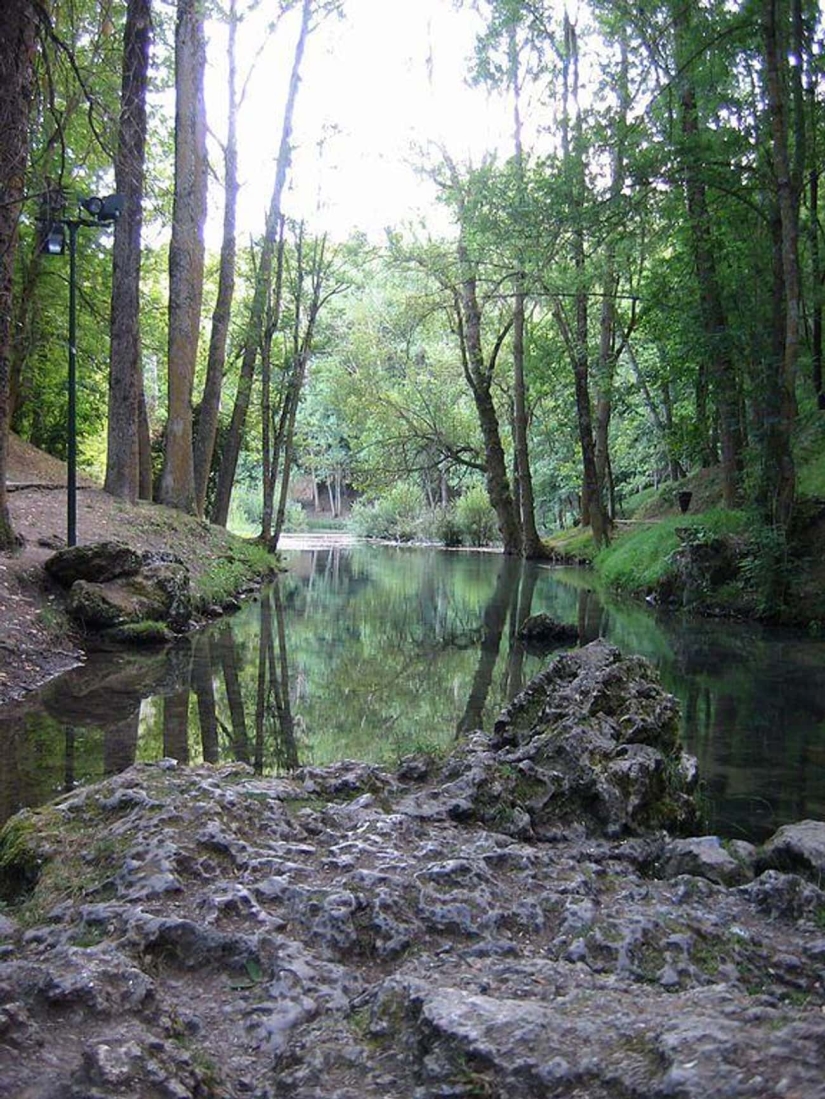
9. Ebra shaped the history of the Ancient World, and then Spain.
The Ebro represented the border between Carthaginian and Roman influence in Spain. To the south of the river lay the Carthaginian territory, which contained rich mineral deposits that financed the military enterprises of the city-state. Roman influence in the region began on the other side of the river. The border arose after the First Punic War, in which Rome emerged victoriously. Far to the south of the river lay the city of Saguntum (now Sagunto). Despite the fact that it was in the sphere of influence of Carthage, it was a Roman protectorate. When the Carthaginian general Hannibal Barca attacked the city in 216 BC, he started the Second Punic War. This conflict ultimately determined who would be the dominant Mediterranean power in the ancient world. In the 20th century, the Ebro was also the site of a major battle in the Spanish Civil War. The defeat of the Republican army led to the fact that its territory was cut off, and Catalonia was separated from the rest of Republican Spain. This will be the last major offensive launched by the Republican side.
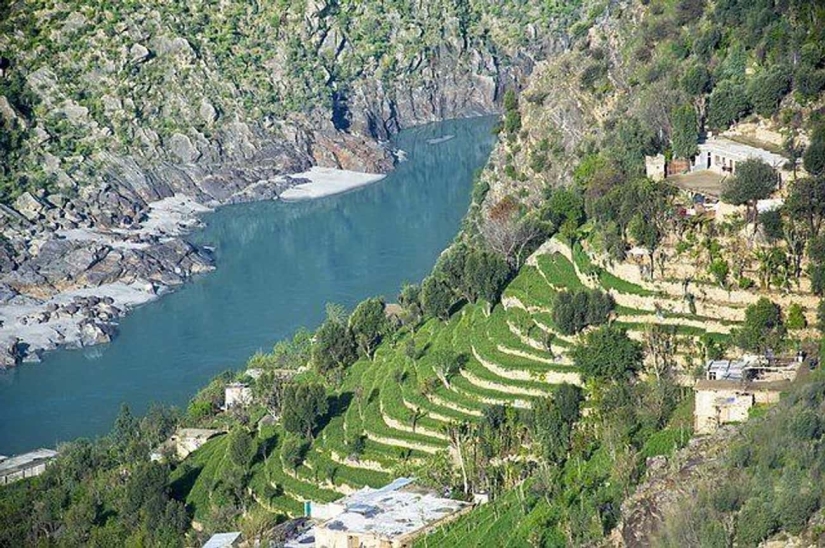
10. Indus supported an advanced and mysterious civilization.
The Indus River stretches from the Himalayas to the Arabian Sea. Its history is just as long, starting from approx. 7000 BC Along the fertile plains of the river in what is now India and Pakistan were a series of highly developed city-states known as the Indus Valley Civilization. The two most famous cities were Harappa and Mohenjo-Daro, which emerged around the 26th century BC.
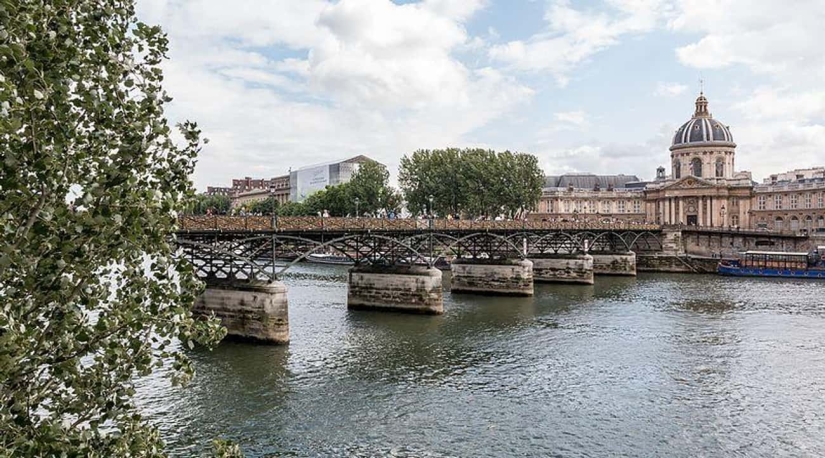
11. Seine created one French hero and another's a haven.
The Seine passes through northern France and the French capital Paris. In the ninth century, Viking armies sailed up the river to attack Paris. While the first attack led to the sacking of the city by the Vikings, the later attempt was vigorously repelled. The victory became an important moment in French history; The commander of the Parisian garrison, Count Odo later became king of Western France. Further along the Seine are the city of Rouen and the final resting place of the French heroine Jeanne d'Arc. After her execution at the hands of the British in 1431, her ashes were scattered in the river. The discovery of her remains in the attic of a Parisian pharmacy turned out to be a fake with the remains of an Egyptian mummy.
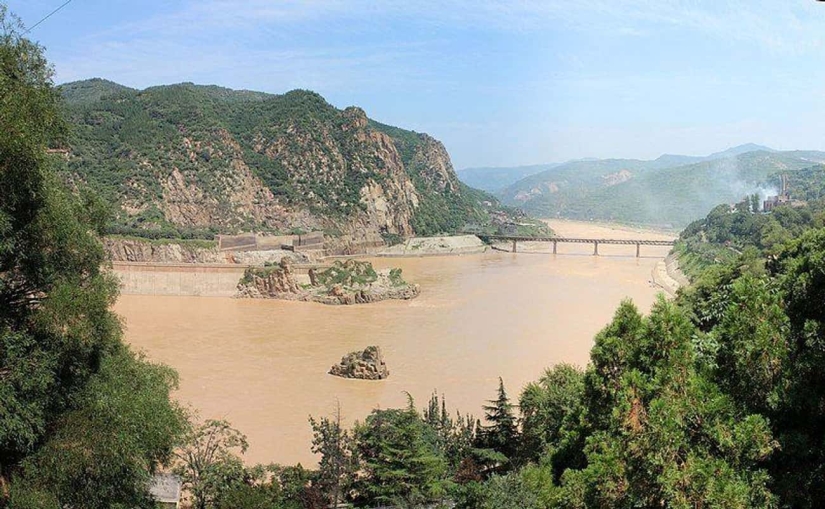
12. Yellow River: the pride of China and the curse of China.
The distinctive color that gives the name to the Yellow River comes from a large amount of silt. The first sprouts of the Asian civilization grew in its basin. The river's duality is reflected in its nicknames: both "Mother River" for its fertile banks, which contributed to its rapid population growth, and "China Sorrow" for the volatile nature of its floods. It is estimated that more than 1,500 floods have occurred since registration began.
Keywords: Rivers | History | Earth | Surface | Human history | Planet | Civilizations | People | Nations | Life | Industrial era
Post News ArticleRecent articles

According to one version, street art appeared during the Second World War, when a Kilroy worker began to write "Kilroy was here" on ...

Photographer Brigitte Niedermair works with world-famous glossy magazines and fashion houses. Her regular clients include Dior, ...
Related articles

The Indochina Peninsula, located in southeast Asia, is a favorite place for tourists all over the world. Myanmar, Thailand, Laos, ...

General Dmitry Karbyshev — one of the Soviet commanders who performed his duty to the end. This man was captured in the battle, ...

Since 1970‑ies in the neighboring cities of Rostov-on-don, Shakhty and Taganrog was sent to jail 37 serial killers, who killed ...

Portugal was long the world's largest colonial power. This small European kingdom controlled vast territories in the New World, ...